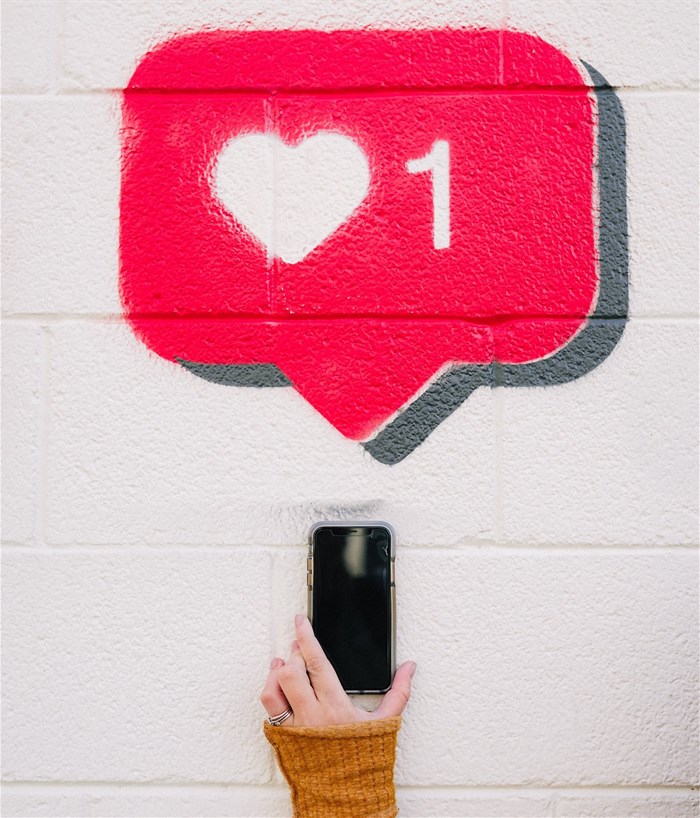
Think before you meme: inclusive social media design

It’s crucial to think about the fact that different people experience the internet differently and to ensure your content is inclusive. Inclusive design, typically a phrase used in the context of UX, is important for social media marketers to know as well as creating accessible content can help you reach a new audience and provide a more interactive and engaging experience for your followers.
According to the International Agency for the Prevention of Blindness (IAPB), approximately 285m people worldwide live with low vision and blindness. Of these, 39m people are blind and 246m have a moderate or severe visual impairment. Social platforms have made several accessibility updates in an effort to encourage users to create content that is accessible to a broader audience.
A real red flag is a lot of you guys are posting tweets with lots of emojis that are inaccessible to people with screen readers
— Julia Métraux (@metraux_julia) October 13, 2021
- Auto captions transcribe a video’s spoken audio into text. Automatic captioning is available on Facebook, Instagram and TikTok.
- After the inaccessible introduction of voice tweets and the subsequent criticism, Twitter established accessibility teams and successfully rolled out automated captions in July 2021.
- Alt-image description fields are also available across all Facebook, Instagram, Twitter as well as LinkedIn.
- TikTok has created a photosensitive epilepsy toggle and warning where viewers can opt-out of videos that contain creative effects that may be harmful to those with photosensitive epilepsy or those who suffer from light-induced migraines. Warning labels are also shown to creators on specific effects that may trigger photosensitive epilepsy.
Creating inclusive content
Copy: Don’t overuse caps. Full caps can be difficult to read and misinterpreted by screen readers.
Capitalise the first letter of each word to make hashtags more legible. Hashtags are an important component of social media posts. When authoring hashtags that are made up of multiple words, use initial capitalisation, also known as CamelCase. So- #WriteYourHashtagsLikeThis
It’s important to be mindful of how hashtags or mentions can disrupt copy and consider putting hashtags and mentions at the end. Punctuation marks are also read aloud by screen readers.
Images: Facebook, Twitter, Instagram, and LinkedIn provide specific fields for you to add alt-text for images and gifs. When it’s not possible to add alt-text, consider including descriptive captions. When crafting alt-text, ensure that you accurately convey the content and context. There’s space for humour in alt-text so no need to be overly formal if the image is meant to be funny. Be sure to write out descriptions for social posts that feature Twitter screengrabs or text on the image too.
Video: In 2018, Alexandria Ocasio-Cortez's consistent use of video captioning on her Instagram Stories during her campaign helped popularise the feature. Her dedicated use of captioning gave her millions of Instagram followers a more accessible behind-the-scenes look at the 116th Congress of the United States. Captioning of videos has become more common on social media as we aim to create content for sound-off environments. However, closed captions are crucial for viewers with hearing impairments. They also enhance the viewing experience for people watching in their non-native language and even benefit children learning to read.
About Ashleigh Burton
View my profile and articles...